
A two-way molecular dialogue between embryo and endosperm is required for seed development ($) (Science)
Plant Science Research WeeklyDuring seed formation, the developing embryo becomes covered with a water-impermeable cuticle. Several Arabidopsis mutants have been identified that are defective in cuticle formation and provide a framework for how it is formed. Doll et al. have added a missing piece to this puzzle. Briefly, embryo…

Genetic contribution of paleopolyploidy to adaptive evolution in angiosperms (Mol Plant)
Plant Science Research Weekly
Genetic contribution of paleopolyploidy to adaptive evolution in angiosperms
Comparative genomics has revealed that the angiosperms have experienced numerous whole-genome duplications (WGD), which have been proposed to have contributed to their global dominance. Following WGD, many of the…
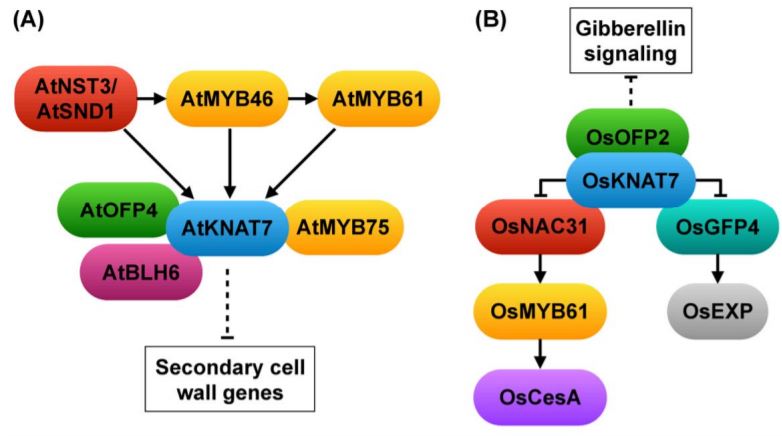
OsKNAT7 bridges secondary cell wall formation and cell growth regulation
Plant Physiology, Plant Physiology: News and Views, ResearchThe plant cell wall is a complex structure composed of cellulose embedded in a matrix of polysaccharides (hemicellulose and pectin), phenolic compounds and proteins. The primary cell wall is a thin layer formed in growing cells and is present ubiquitously, whereas the secondary cell wall is a rigid and…
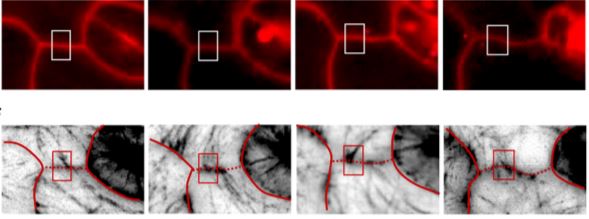
Seeing the Cell Wall in a New Light
Plant Physiology, Plant Physiology: News and Views, ResearchSidney L. Shaw
Dept. of Biology (and Physics), Indiana University, Bloomington, IN 47405
[email protected]
How cell expansion is controlled to achieve a specific cell morphology remains one of the frontier questions in plant biology. The carefully guided extension of the plant…
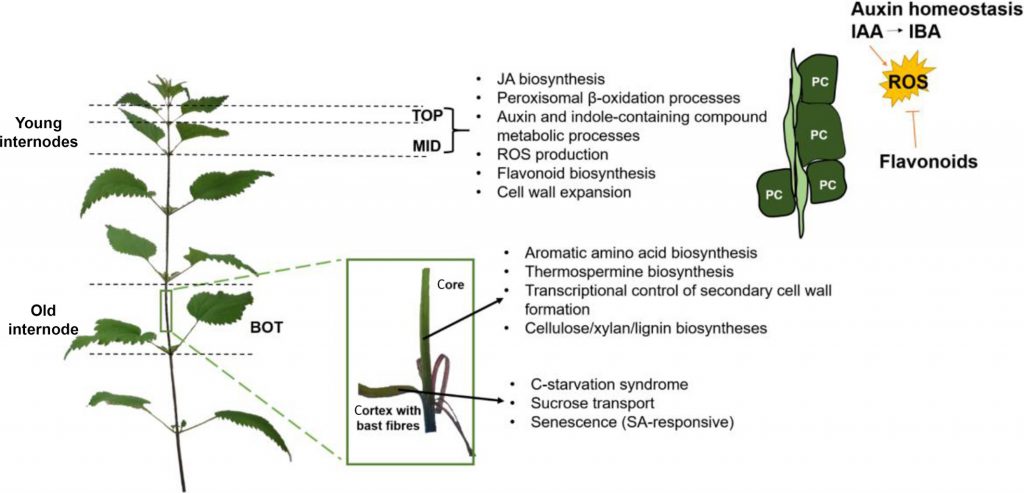
Transcriptomic and cell wall analysis of stinging nettle, an underutilized fibre crop (Plant Direct)
Plant Science Research WeeklyPlant fibres from crops such as flax and hemp have diverse uses from rope to clothing, and are increasingly being incorporated into eco-friendly biocomposite materials. These long, flexible, useful fibres, called “bast” fibres, are not derived from the xylem, but instead are derived from specialized…
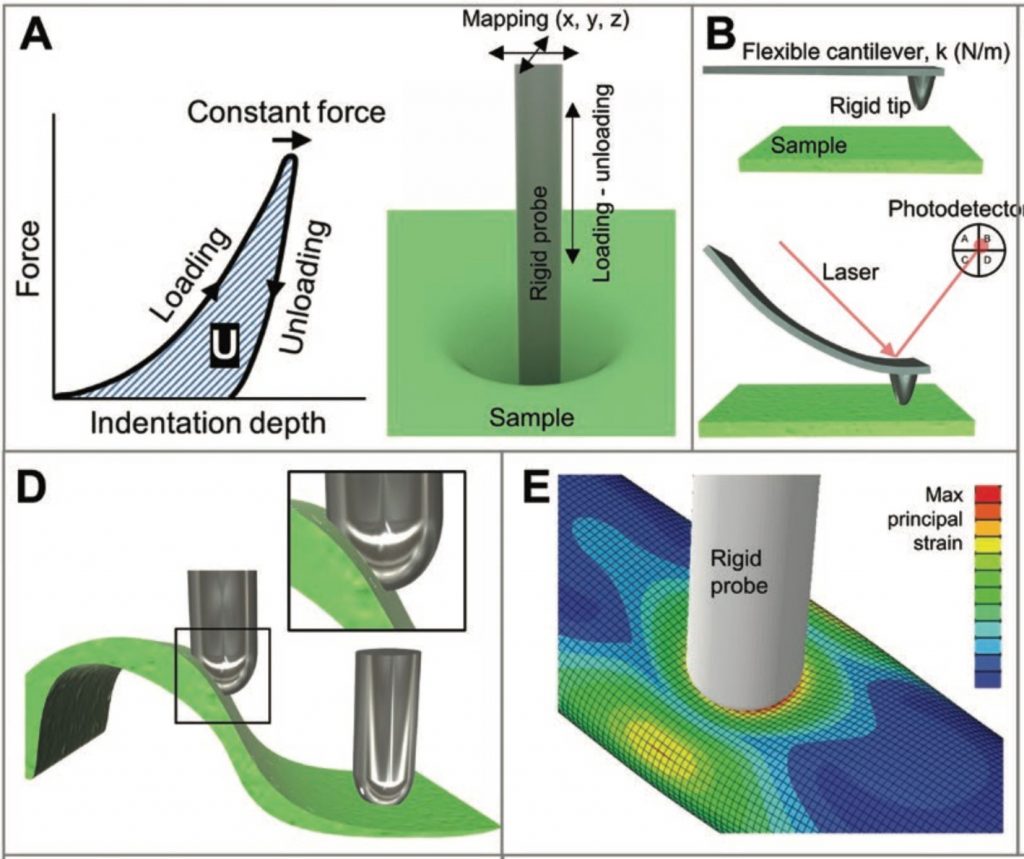
Review: Methods to quantify primary plant cell wall mechanics ( J. Exp. Bot)
Plant Science Research WeeklyPlant growth and morphogenesis are linked to cell wall properties, so a deep understanding of cell wall biochemistry and mechanics is essential for studying plant development. In a recent review, Bidhendi and Geitmann describe current and emerging techniques for the analysis of cell wall mechanics. Classic…
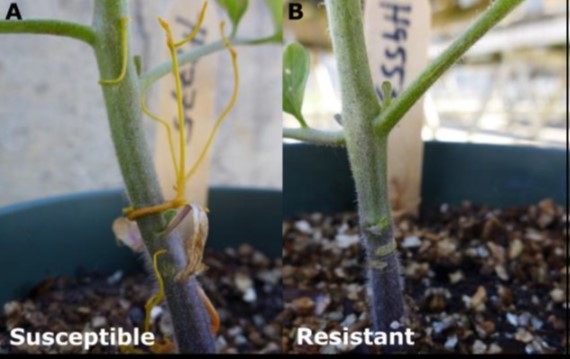
Lignin-based resistance to Cuscuta campestris in tomato (bioRxiv)
Plant Science Research WeeklyDodder (Cuscuta campestris) is a plant that parasitizes other plants by forming penetrating haustoria through which they tap into the host’s vascular tissues and extract nutrients. Most tomatoes are susceptible, but a few varieties are resistant. Jhu and Farhi et al. examined these resistant varieties…

Cell Wall Polymers: The Importance of Deacetylation
Research, The Plant Cell: In BriefMany of the polysaccharides that make up the plant cell wall carry acetate side groups. Notably, the degree of such acetylation is not always the same—even within the same species, it changes over the course of development and is different between tissues. While the mechanism for adding acetyl groups…
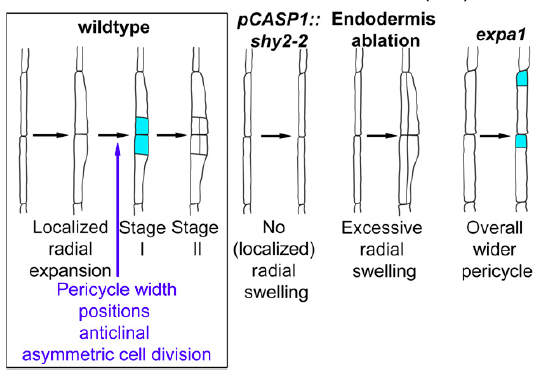
EXPANSIN A1-mediated radial swelling of pericycle cells positions anticlinal cell divisions during lateral root initiation ($) (PNAS)
Plant Science Research WeeklyLateral root development helps plants explore the soil for mineral nutrients and water, and there are environmental and internal cues that precede the formation of lateral root primordia. In Arabidopsis thaliana, some of these internal cues include increased auxin concentrations around lateral root founder…

